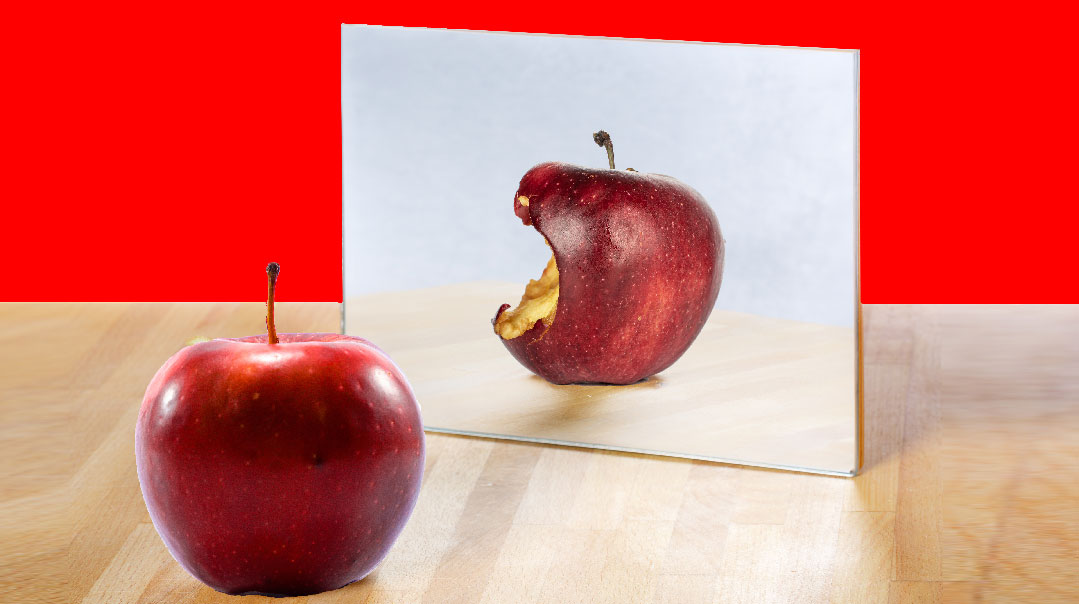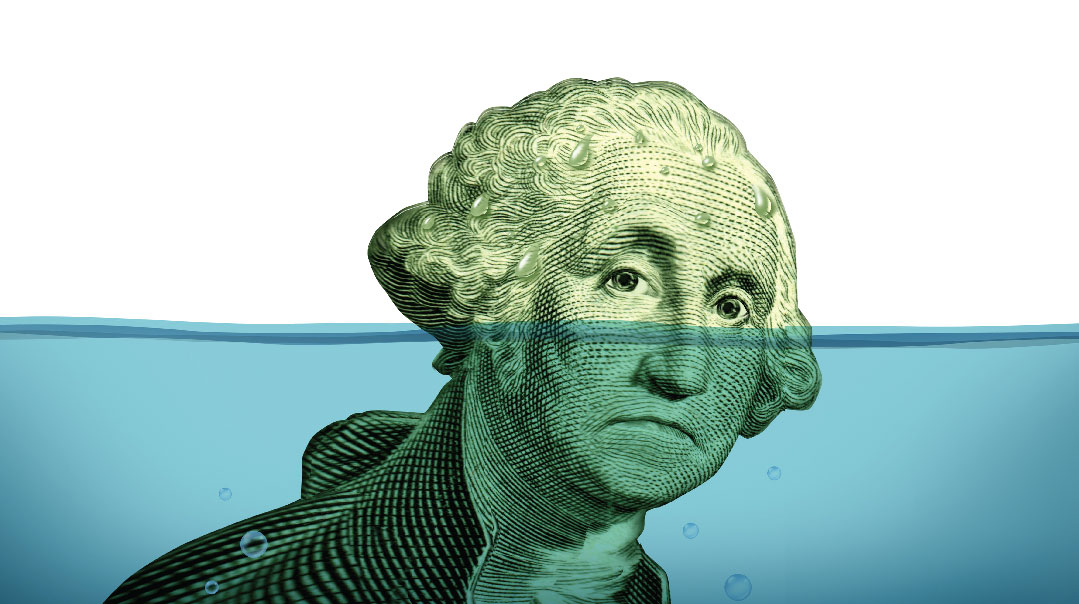Get Clear About Skin Care


A
few months ago, I was tapped, in my capacity as unofficial skin ambassador, to enlighten the
dermatologically uneducated about the myriad lovely creams, cleansers, and other concoctions
available to help one’s epidermis shine.
Following the article, intrigued readers sent in their questions for more specific skin concerns
and treatment options. I scurried back to the trusty father-and-son dermatologists, Dr. Abraham
Abittan and Dr. Brian Abittan, enlisting their generous assistance in further enlightening us.
Here are their professional opinions — and my personal observations as a skincare aficionado
Other than getting another two hours of sleep each night, is there any way I can get rid of
those dark circles under my eyes?
Dark circles aren’t caused by lack of sleep alone. Genetics, allergies, sun exposure, aging skin,
dehydration, even oversleeping are all possible reasons for dark circles. The skin below the eyes
tends to be rather thin, revealing the darkness of the tissues beneath.
I spent years attempting to make my genetic dark circles (thank you, Zeidy) vanish. Following a
magazine recommendation, I dabbed stinging and staining Vitamin K cream diligently for
months, but there was no change. Then I read that caffeine cream (yes, made from coffee) is a
better option, but that turned out to be a disappointment as well.
Yet Drs. Abittan declare that there is hope. “It depends on the type of pigmentation under the
eye. Treatments options include under-eye emollients, bleaching creams, laser treatments, and
fillers. Consult your dermatologist to evaluate the cause of the pigmentation and decide on the
proper treatment protocol. Even subtle changes to this area can make a major difference to your
overall appearance.”
Since I have yet to seek professional help for my circles, I resort to good old concealer. If I use
concealer alone, my under-eye area looks gray, so first, I apply a color corrector that’s the
opposite shade on the color wheel. My circles are of the blue-purple hue, so I use a peach color
corrector that neutralizes the darkness before applying concealer. A great side benefit is that
coworkers stopped asking if I was sick.
Which brands of masks or peels actually work? I see them everywhere, but I’m not sure
which ones are actually effective.
Masks and peels are not interchangeable entities.
The purpose of masks is to infuse the skin with beneficial ingredients. There are masks to
hydrate, tone, nourish, exfoliate, combat oiliness, and remove gunk from pores.
It all depends on one’s skin type, as it always does. I’m personally partial to mud masks, and I do
see a difference after use — my skin is glowing. Mud soothes and heals. Mmm. Muuuuuud.
Some face masks are gimmicks, like the one that explodes into foam after application. A more
reliable option would be something clay-based for acne. While mud is ideal for all skin types,
clay does excellent work on the pimple-prone. (They aren’t the same, apparently. Who knew?)
Peels are more intensive, and have one basic purpose: exfoliation. The Drs. Abittan clarify: “The
brand of peels is not nearly as important as the ingredients of the peel.” Peels usually contain
alpha hydroxy acids (AHAs; glycolic acid, lactic acid, and malic acid all fall under that
category), beta hydroxy acids (BHAs, mainly salicylic acid), or enzymes (pineapple or papaya
derived).
The purpose of AHAs is to remove dead skin cells and encourage cell turnover. AHAs also
encourage the production of collagen, which is good for anti-aging concerns.
BHA peels are ideal for acne. While they also remove dead skin cells, they assist with
blackheads and acne scars as well. For an easy BHA DIY mask, dissolve aspirin in a little water
or aloe. Apply to skin and leave on for at least 15 minutes. The secret? Aspirin’s main ingredient
is salicylic acid (the go-to for acne).
(Excerpted from Family First, Issue 621)
Oops! We could not locate your form.












